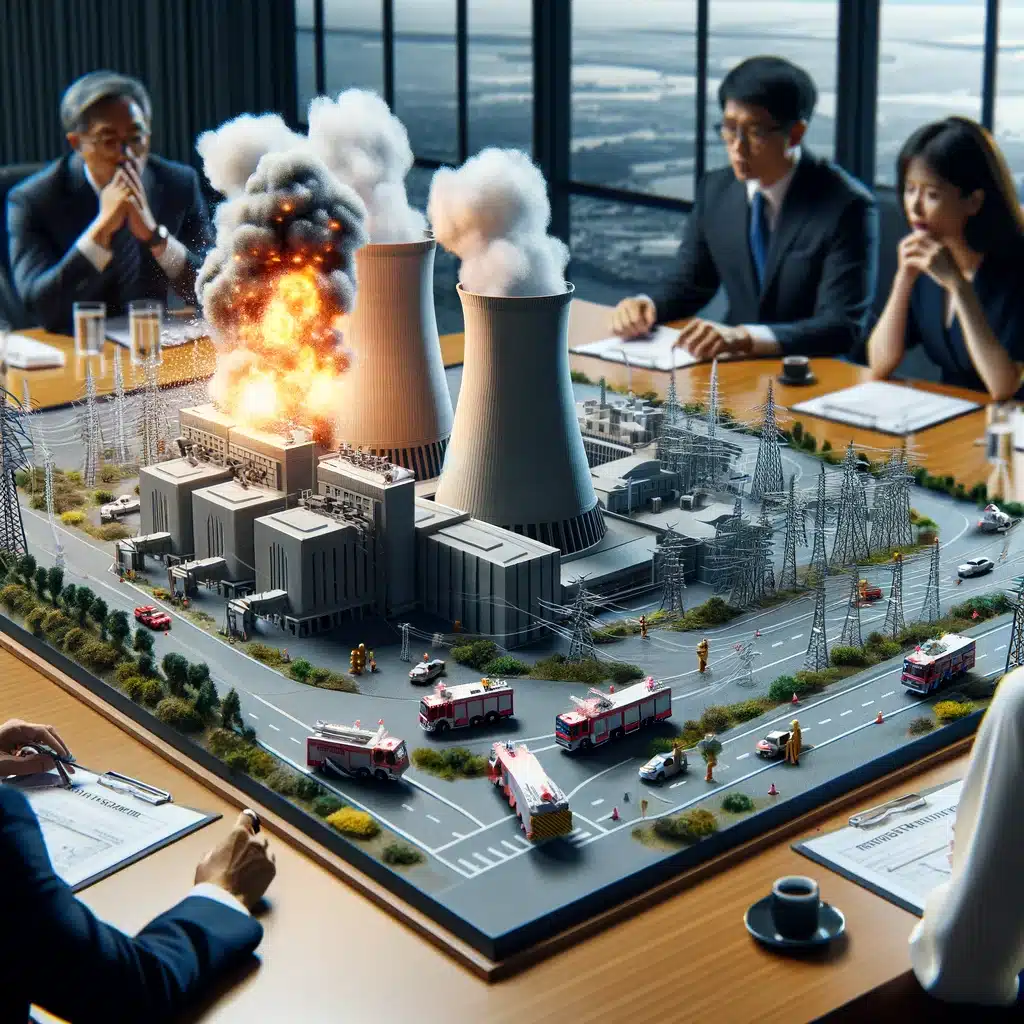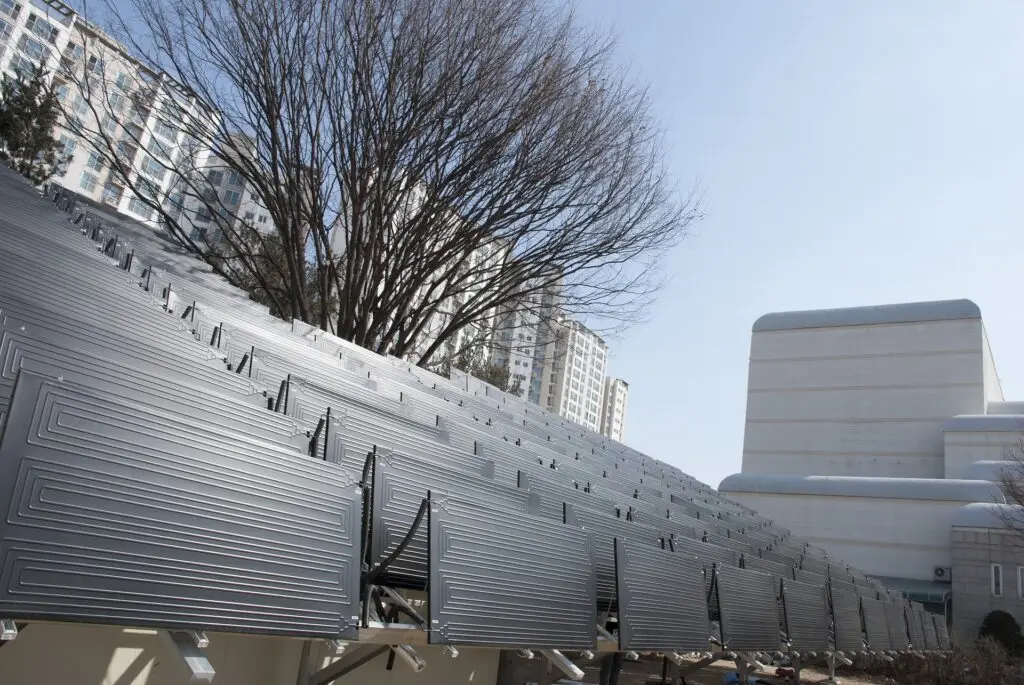Safety of technical works
Current knowledge indicates that addressing the challenges of today’s world requires considering the systemic nature, individual entities, and the fact that large technical structures are complex systems, the structure of which is described by the SoS model [19]. The assets of each entity include: all fundamental public interests (i.e., the lives, health, and safety of people, property, public welfare, the environment, critical infrastructures, and technologies [2]; interests associated with fulfilling the tasks for which the entity was established); prosperity (profit); and the entity’s compliance with the state in its area of operation. The last three assets are typical for private entities, such as a system operating railway transport.
For completeness, it should be noted that the assets of a human system are structural elements, and that the connections and flows of energy, materials, information, and commands between them are created by physical, biological, chemical, societal, social, or psychological principles associated with the material and energetic essence of the world, legislation, finances, ethical and moral rules, i.e., they represent flows in the architecture of the monitored system [43]. 1
(Source of the article Safety of Technical Structures: Assessment of the Safety of a Selected Critical Object from the Perspective of Integral Safety and Proposal of Measures to Reduce the Criticality of the Object – Safety of Technical Structures (cvut.cz))

2.2.1 Relationship of the system with its surroundings
In reality, every system exists within a certain context or environment, and the relationship between the system and its environment implies that the properties of the environment are reflected in the properties of the system. For example, Bossel [44]2 addressed this fact and demonstrated the fundamental properties of a system that are related to the behavior of its environment. Table 2 summarizes the current knowledge in this area.
| State of the Environment | System Properties Responding to the State of the Environment |
| Normal state (equilibrium) | Existence |
| Resource scarcity | Efficiency – the system must be long-term efficient, not necessarily effective, in securing scarce resources from the environment it interacts with |
| Diversity of processes | Flexibility – the system must be able to address all challenges and stimuli from the environment in various ways |
| Variability | Security – the system must be able to protect itself from harmful influences from the environment |
| Changes | Adaptability – the system must be able to adapt to changes |
| Other systems in the environment | Coexistence – the system must be able to adjust its behavior to respond to the behavior of other systems in the environment; i.e., it must not threaten them, and they must not threaten it |
2.2.2 Safety and risks of technical works
The safety of technical structures, in its current interpretation based on the 1994 UN document [9], is a set of measures and activities undertaken by humans to ensure their safety and sustainable development. In this interpretation, safety encompasses both functionality and reliability.
The analysis and synthesis of findings and experiences presented in professional publications, summarized in the book [6], indicate that the safety of a rail system (in an integral sense) can only be achieved when its management: considers all the aforementioned assets; utilizes current knowledge in the context of system theory; and ensures that the rail system conducts its activities in a way that does not cause phenomena leading to disintegration or collapse of the rail system or even the entire human system, including its environment. In other words, the goal can only be achieved when the technical structure:
• identifies and considers all possible risks in detail and in context (the so-called All Hazard Approach, as conceptualized for Europe within the FOCUS project [45],
• has a properly set risk management system.
The risk management of complex systems is not simple because their behavior and condition are influenced by processes and phenomena occurring both inside and outside the system. Furthermore, their impacts are modified by a complex network of relationships and flows within subsystems, across subsystems, throughout the entire system, and in its environment. Risk management, therefore, must be comprehensive, and its priorities must focus on the safety and sustainable development of the entity [6].
2.2.3 Characteristics of systems (for the safety of technical works)
Based on the current understanding of systems and their control methods (according to sources [6,17,27] and the works cited therein), as well as insights from research in physical and geoscientific disciplines and experience gained from addressing critical tasks related to the placement, design, and operation of significant structures, it is evident that a comprehensive characterization of any system can be achieved by creating:
- A morphological description of the system, i.e., a description of the set of system elements and the internal connections between them.
- A description of the set of couplings of system elements, through which flows of energy, matter, information, money, and instructions (such as human directives for implementing measures and activities) occur either continuously or under certain circumstances. It is essential to note that these couplings, on the one hand, ensure certain desirable processes in the system, such as specific behaviors and conditions, while on the other hand, they may cause undesirable phenomena, such as cascading failures within the system or the creation of weak points.
- A description of the set of responses to dynamic processes occurring within the system and its environment, i.e., possible system behaviors in response to specific processes in the system or its surroundings.
- A description of the set of control mechanisms that, under expected conditions, achieve the desired system behavior and, under unexpected (abnormal or particularly critical) conditions, ensure that system failures do not lead to degradation or collapse of the system. In the case of human systems, this involves ensuring survival under critical conditions and maintaining continuity of essential activities in the affected area.
A thorough understanding and comprehension of the above aspects enhance human capability in improving the control mechanisms of the given system. The internal connections within the control system of a technical structure are established through its design and operational guidelines. The couplings, response sets to dynamic processes within the technical structure and its surroundings, and the control mechanisms by which humans influence the system’s behavior within their capabilities are determined by natural, economic, technical, financial, societal, and social principles, only some of which are codified in current legislation.
To support desirable couplings, responses, and control mechanisms, specific tools have been developed based on knowledge and experience to aid management [6,22], the most important of which are:
- • Golden Rules for Safety,
- • Safety Culture,
- • Safety Performance Indicator Programme,
- • Safety Performance Indicators.
These tools are comprehensively described in the work [6]. From the perspective of current knowledge, these tools also include the systematic application of Knowledge Management and Friendly Management of human resources [6].
In the technological domain, the license owner or holder plays a dominant role in ensuring the safety of technical structures, as they possess the knowledge and capability to effectively and qualitatively manage technological disasters. However, public administration holds a more significant role overall, as it must compel owners to ensure the highest possible safety level in the public interest by applying the principles outlined above [6,27,46].

